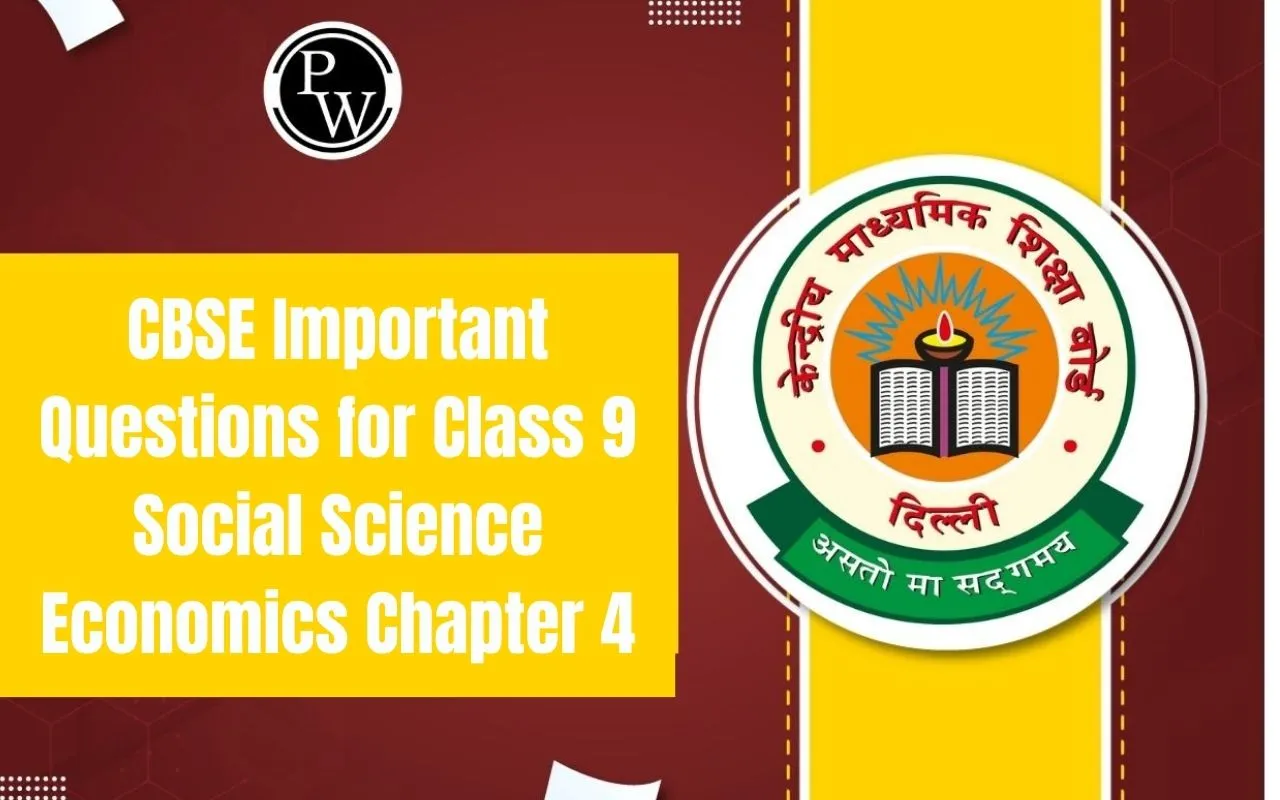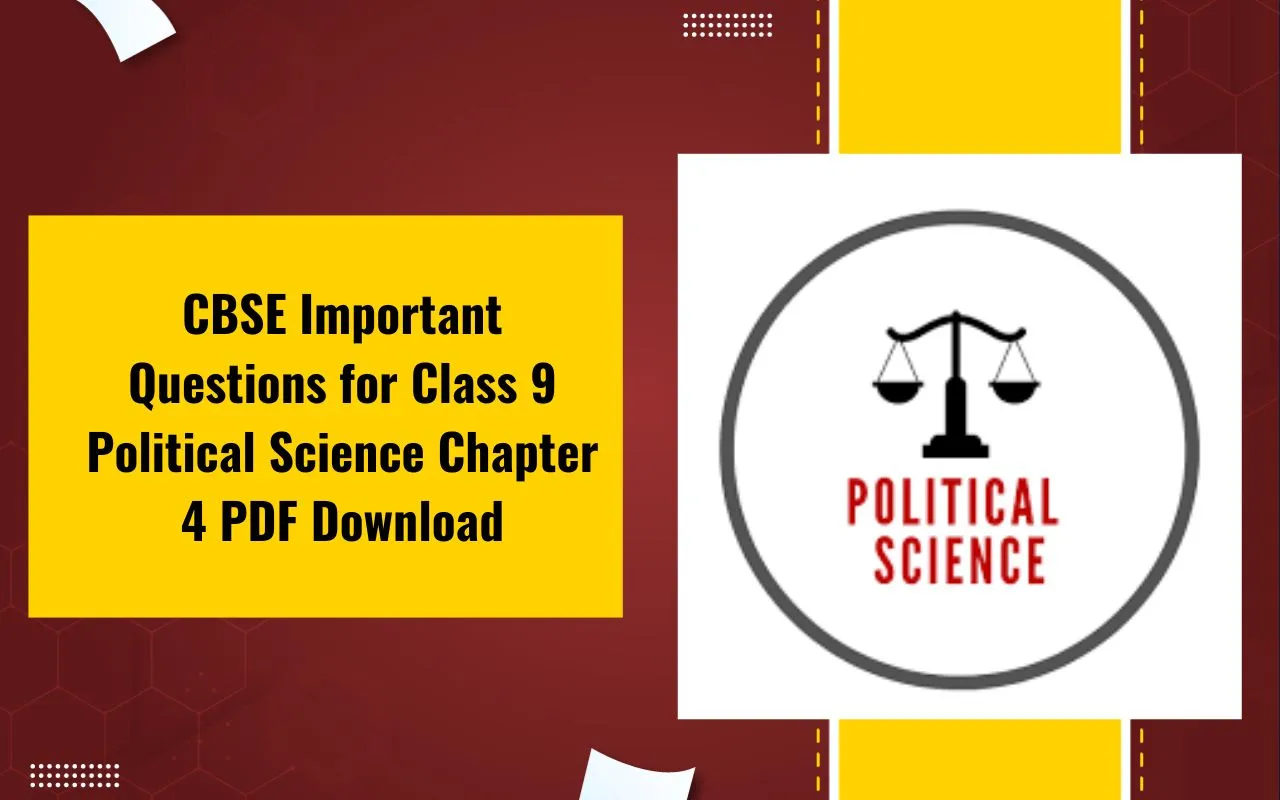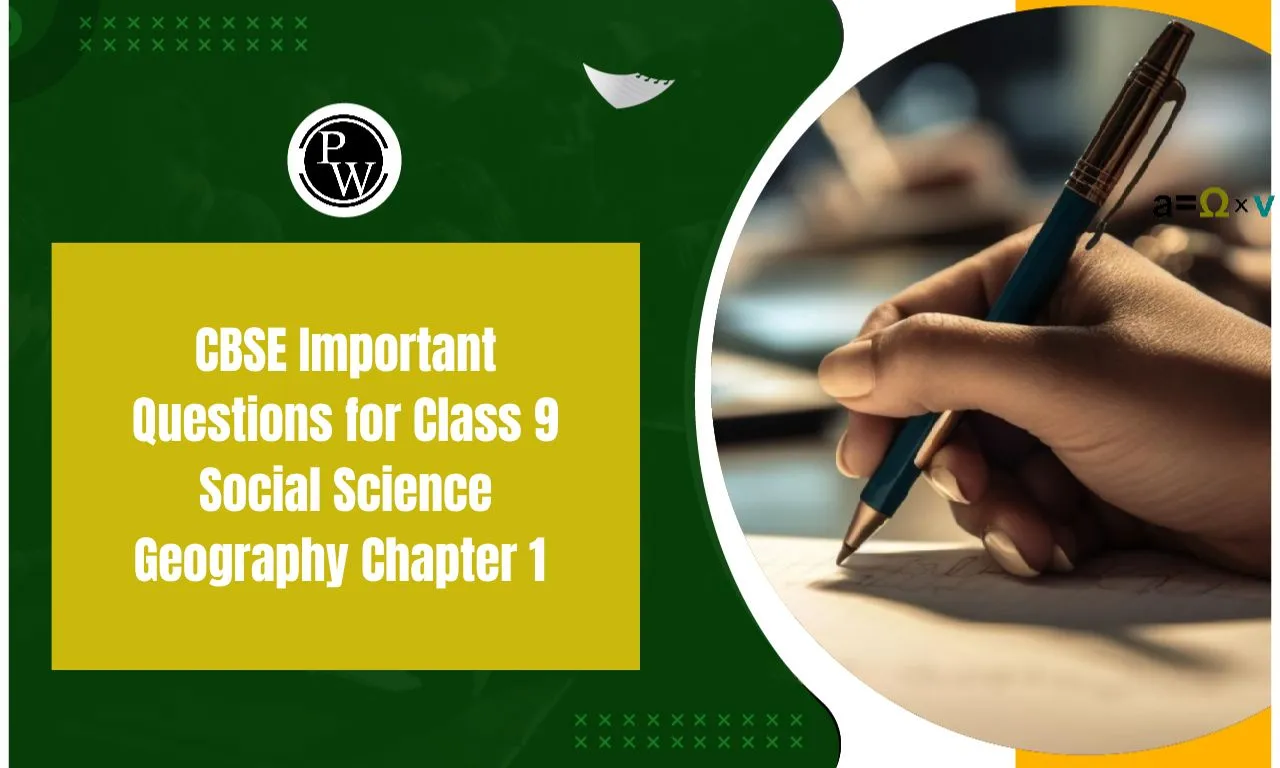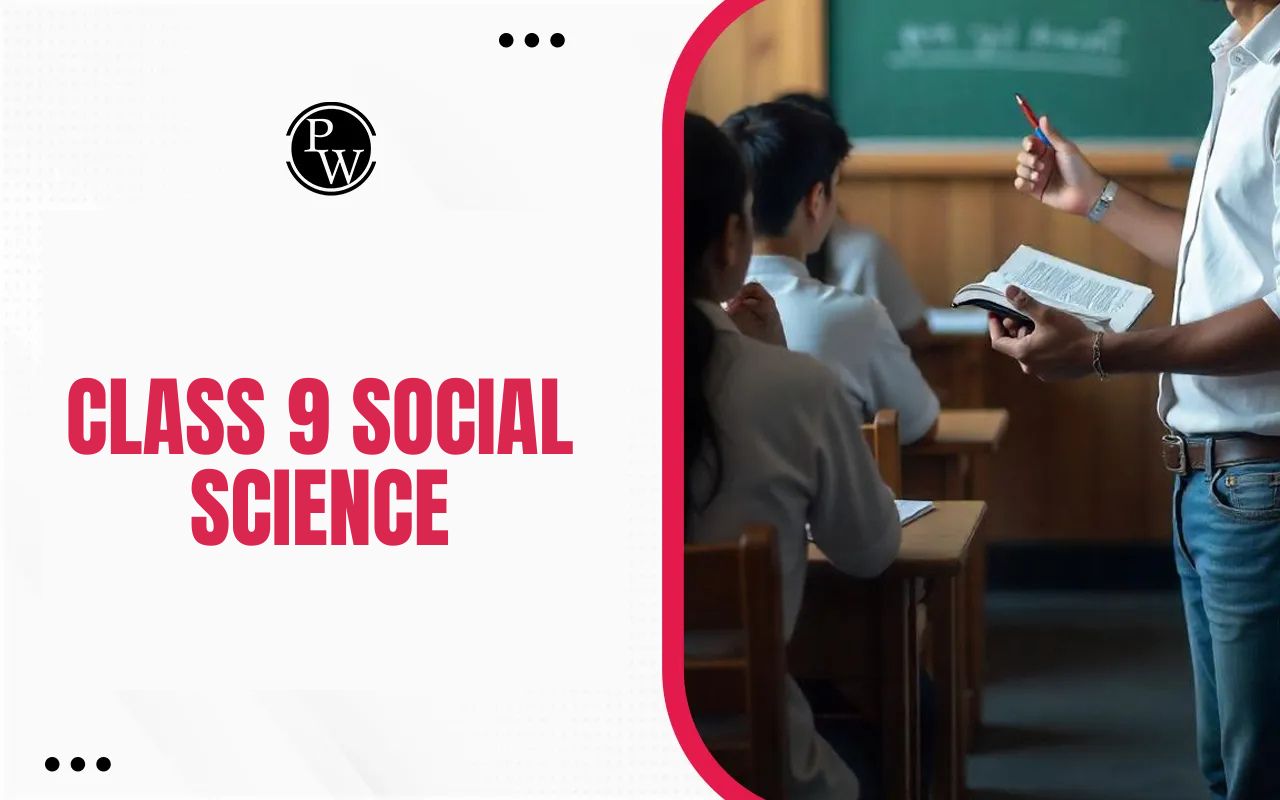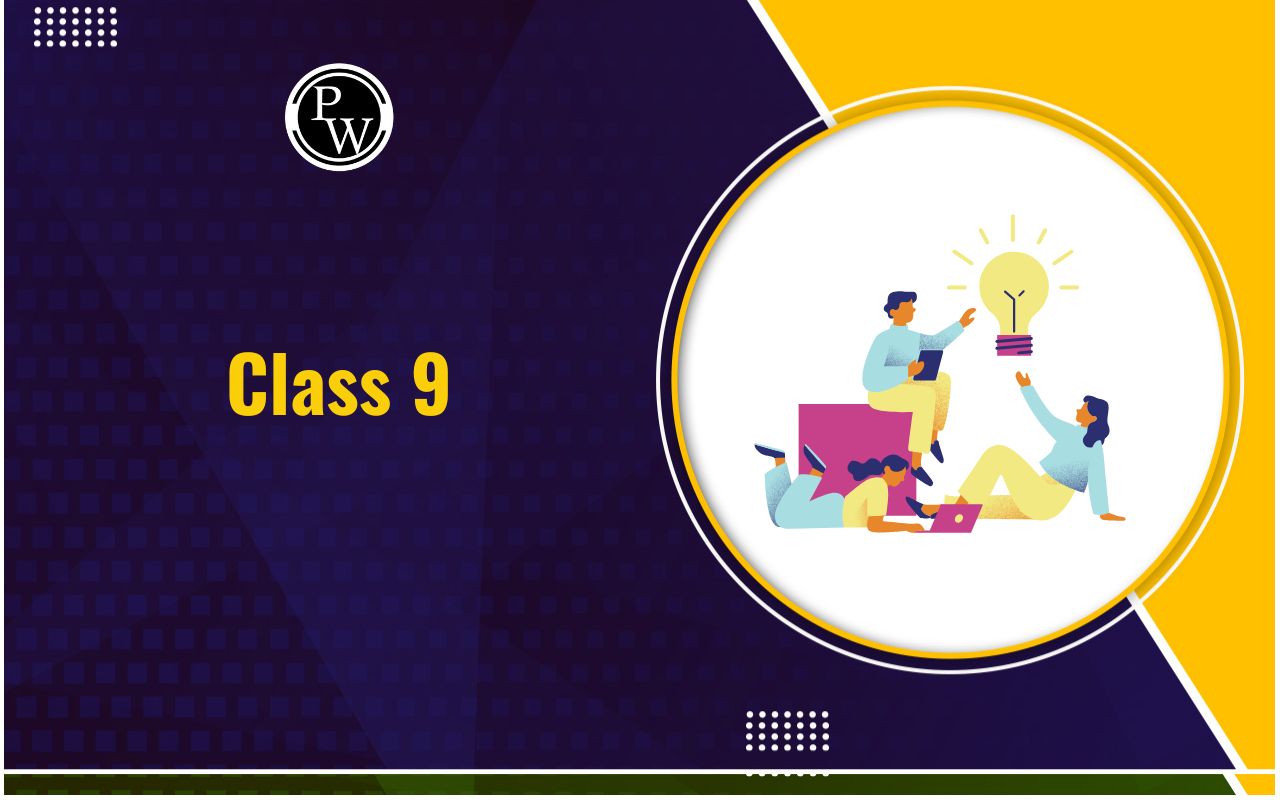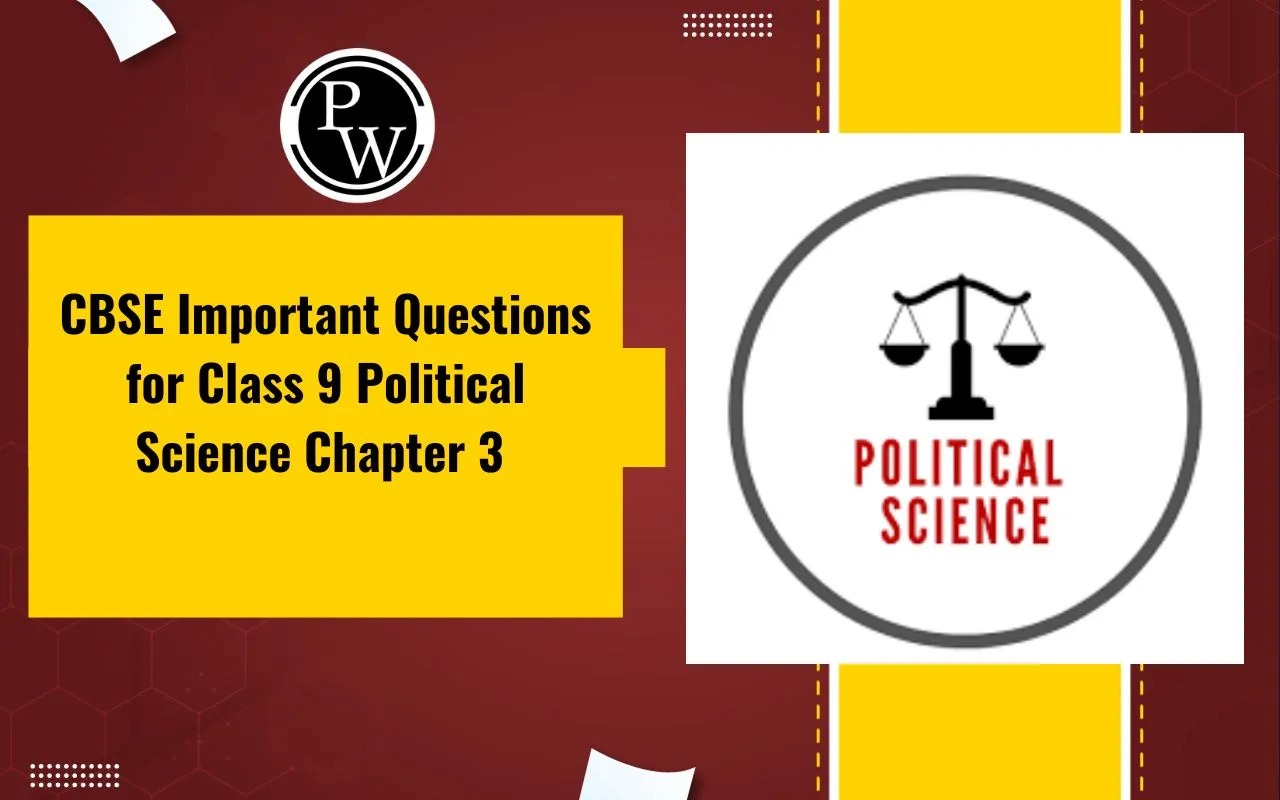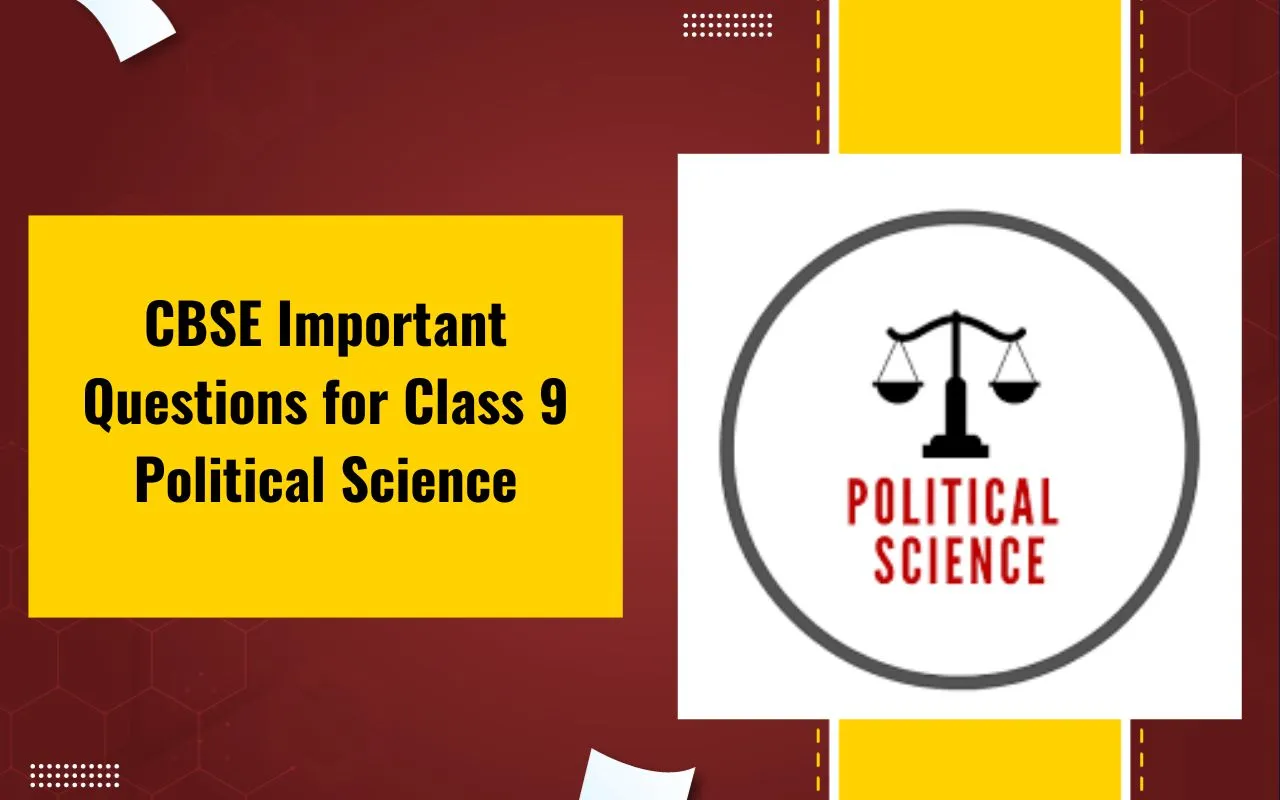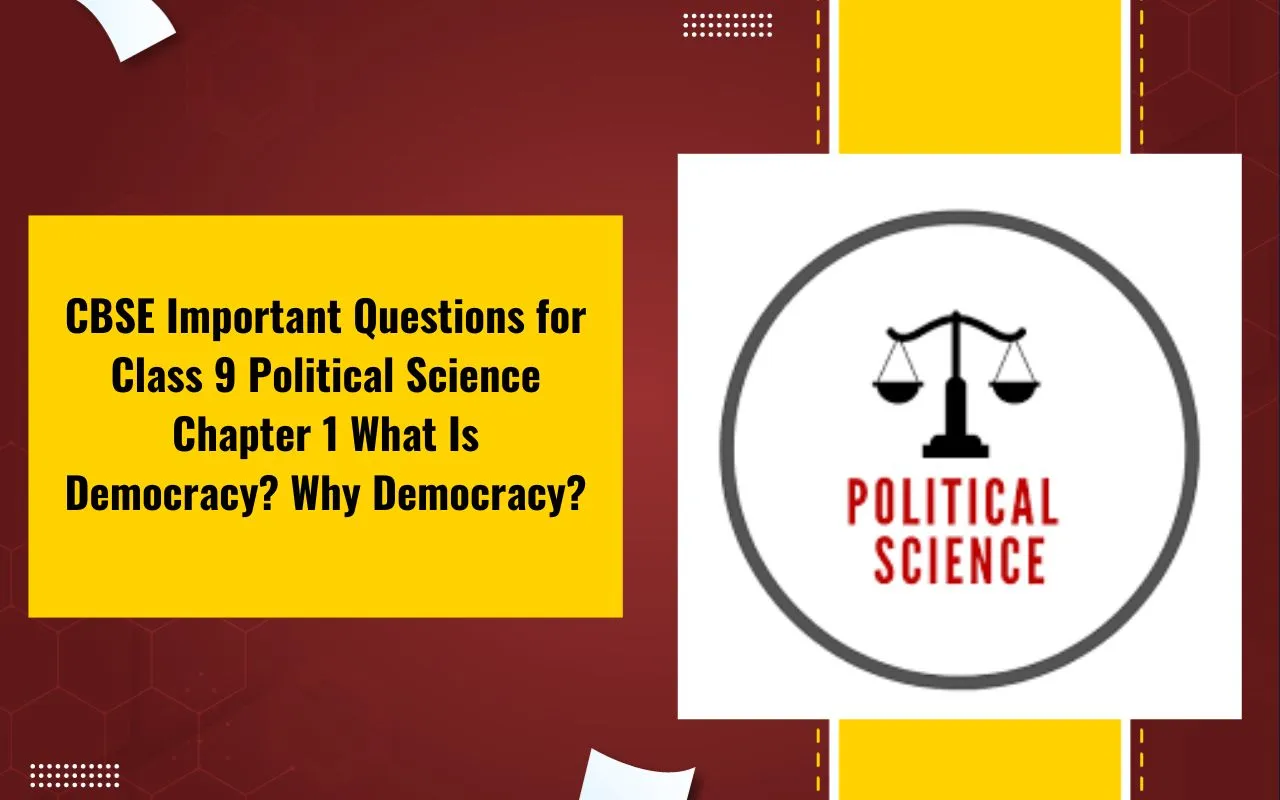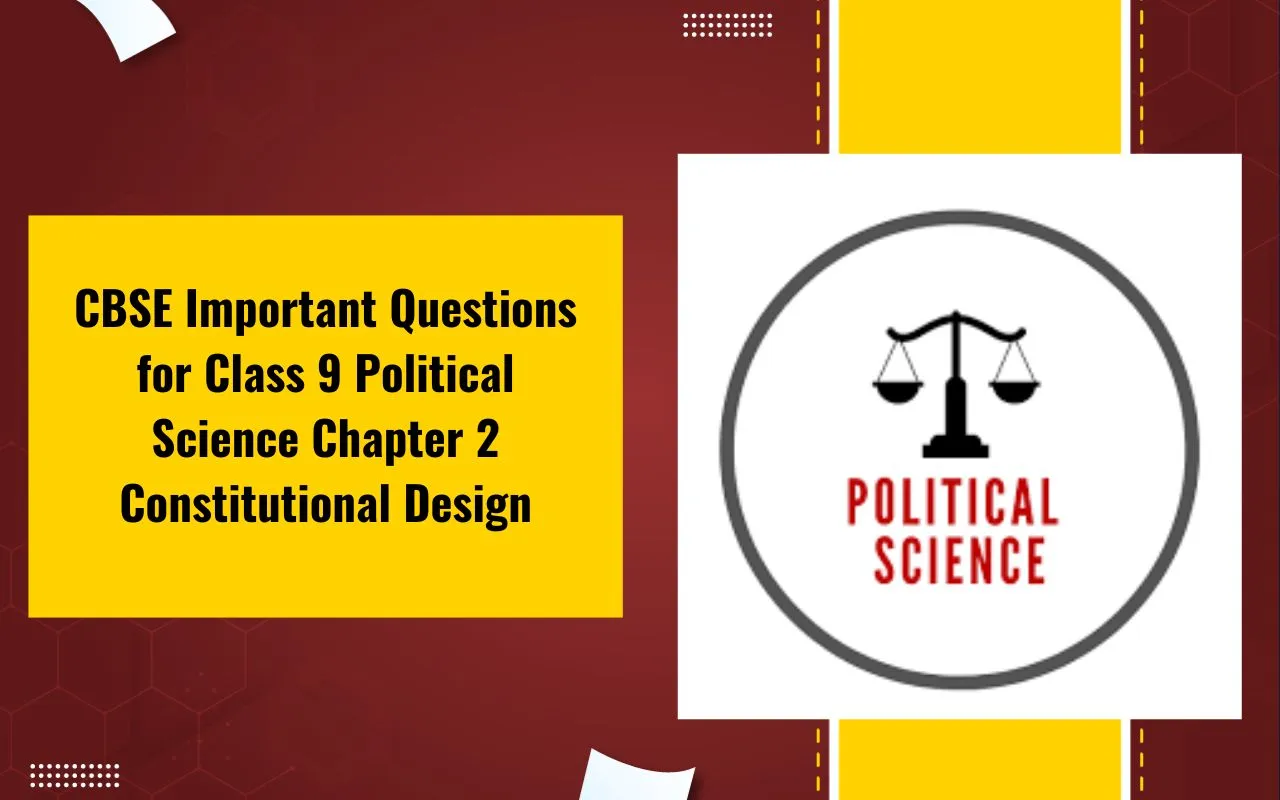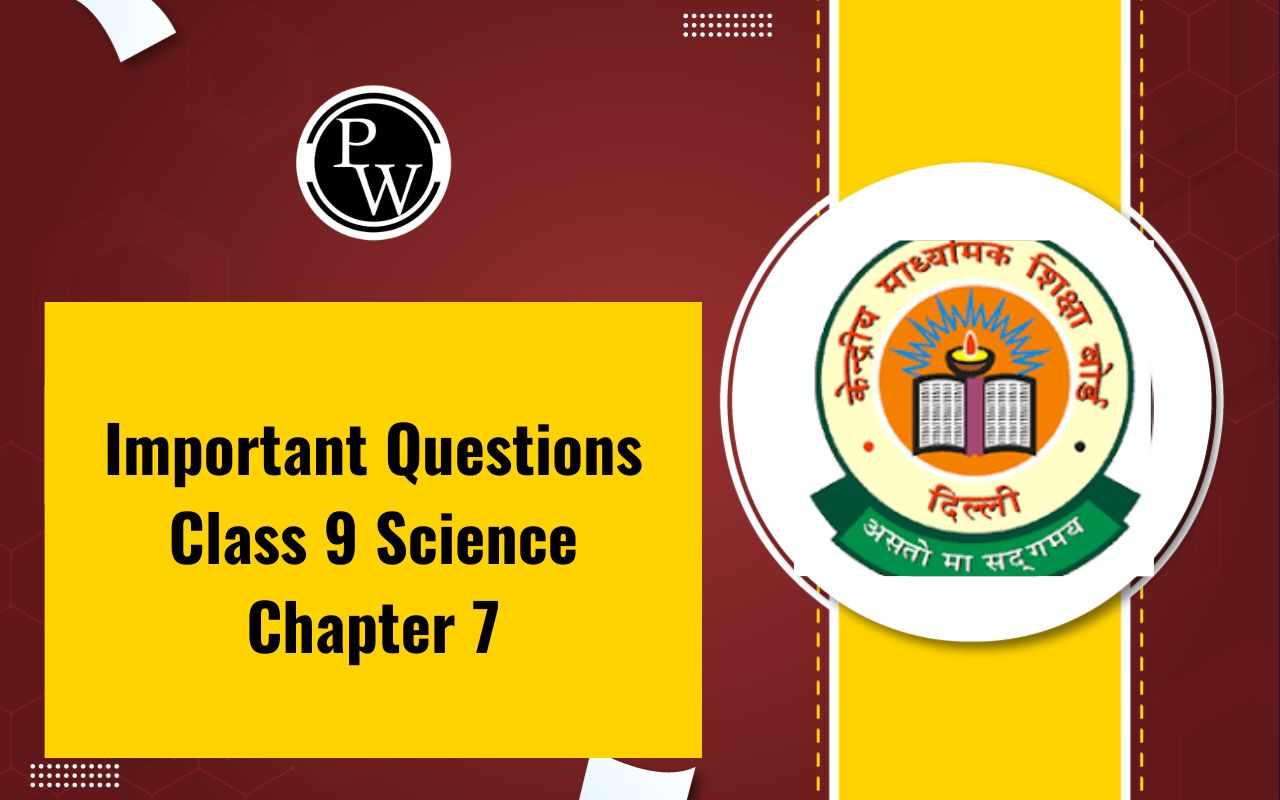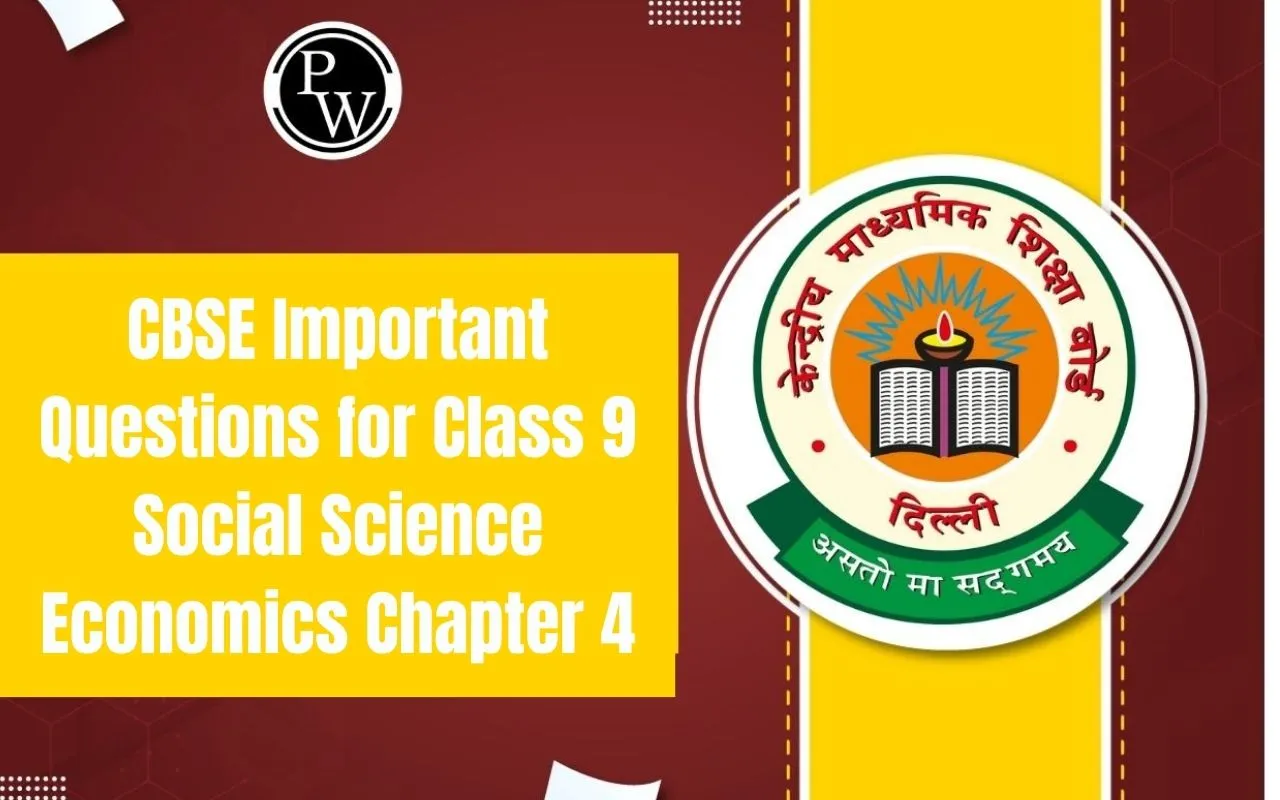
CBSE Important Questions for Class 9 Social Science Economics Chapter 4: Chapter 4 of CBSE Class 9 Social Science (Economics), Food Security in India, explores the concept of food security, its importance, and the challenges in ensuring it for all. It covers the three dimensions of food security: availability, accessibility, and affordability.
The chapter discusses causes of food insecurity, including poverty, natural disasters, and economic instability. It highlights government initiatives like the Public Distribution System (PDS), buffer stock, and food intervention programs such as the Mid-Day Meal Scheme. Additionally, it examines the role of institutions like the Food Corporation of India (FCI) in maintaining food security and reducing hunger and malnutrition.
CBSE Important Questions for Class 9 Social Science Economics Chapter 4 Overview
Chapter 4 of CBSE Class 9 Social Science (Economics), Food Security in India, highlights the critical issue of food security, ensuring that all individuals have access to sufficient, nutritious food. Important questions from this chapter help students understand key concepts like the causes of food insecurity, the role of government policies such as the Public Distribution System (PDS), buffer stock, and food intervention programs.
These questions reinforce knowledge about poverty, malnutrition, and measures taken to combat hunger. Studying these helps students grasp real-world economic issues, making them aware of the importance of sustainable food systems and government welfare schemes.
CBSE Important Questions for Class 9 Social Science Economics Chapter 4 Food Security In India
Below are the CBSE Important Questions for Class 9 Social Science Economics Chapter 4 Food Security In India -
1. Which of the following state in India first launched the Antyodaya Anna Yojana (AAY) for providing food security to the poorest of the poor?
(A) Kerala (B) Maharashtra
(C) Rajasthan (D) Uttar Pradesh
Ans. (C)
2. Which of the following is not a method to increase agricultural production?
(A) Crop rotation
(B) Organic farming
(C) Genetically modified crops
(D) Minimizing the use of fertilizers
Ans. (D)
3. The Green Revolution in India focused on improving the production of:
(A) Wheat and rice
(B) Pulses and oilseeds
(C) Fruits and vegetables
(D) Millets and sorghum
Ans. (A)
4. Which organization is responsible for implementing the Mid-Day Meal Scheme in India?
(A) Indian Council of Agricultural Research (ICAR)
(B) Food Corporation of India (FCI)
(C) Ministry of Education (MoE)
(D) Ministry of Agriculture and Farmers Welfare
Ans. (C)
5. What does Minimum Support Price (MSP) refer to?
(A) The price at which farmers sell their produce in the market
(B) The price at which the government purchases crops from farmers
(C) The price at which food grains are sold in fair price shops
(D) The price at which exports of agricultural products are allowed
Ans. (B)
6. Which of the following is an example of a food surplus state in India?
(A) Bihar
(B) Punjab
(C) Jharkhand
(D) Odisha
Ans. (B)
7. The Food Corporation of India (FCI) was established in which year?
(A) 1947 (B) 1955
(C) 1965 (D) 1975
Ans. (C)
8. Which state has the highest production of rice in India?
(A) Uttar Pradesh
(B) Andhra Pradesh
(C) Punjab
(D) West Bengal
Ans. (D)
9. Which of the following is not a challenge to food security in India?
(A) Poverty and inequality
(B) Climate change and natural disasters
(C) Lack of technological advancements in agriculture
(D) Inadequate storage and transportation facilities
Ans. (C)
10. What is the objective of the Integrated Child Development Services (ICDS) scheme?
(A) To provide free education to children in rural areas
(B) To provide healthcare facilities to pregnant women
(C) To improve the nutritional status of children below the age of six
(D) To promote women empowerment in rural areas
Ans. (C)
11. Mention any two factors responsible for seasonal hunger.
Sol. Seasonal hunger is related to the cycle of food growing and harvesting. This is prevalent in rural areas because of the seasonal nature of agricultural activities.
• Seasonal hunger is prevalent in urban areas due to lack of job opportunities.
12. What is chronic hunger? Name any one factor responsible for chronic hunger.
Sol. It is a consequence of diets persistently inadequate in terms of quantity and/or quality. Very low income is one of the basic cause of chronic hunger.
13. Define Green Revolution.
Sol. The Green Revolution implies large increase in agricultural production due to use of high yielding varieties of seeds and other inputs such as manure, fertilizers, etc.
14. What is buffer stock?
Sol. Buffer stock is the stock of foodgrains, namely wheat and rice procured by the government through Food Corporation of India (FCI).
15. What is minimum support price?
Sol. The farmers are paid a pre-announced price for their crops. This price is called Minimum Support Price. The MSP is before the sowing season to provide incentives to the farmers for raising the production of these crops declared by the government every year.
16. What is issue price?
Sol. It is a price at which foodgrains are distributed in the deficit areas and among the poorer strata of society at a price lower than the market price.
17. What are the functions of the FCI? Mention any two.
Sol. The Food Cooperation of India or FCI purchases wheat and rice from the farmers in the states, where there is surplus production.
• It also builds the buffer stock.
18. What is Public Distribution System (PDS)?
Sol. Under public distribution system or the PDS, the Government has opened more than 4.6 lakh ration shops all over the country to distribute foodgrains and other essential goods to the poor people at reasonable rates.
19. What is the Targeted Public Distribution System?
Sol. In order to ensure availability of minimum quantity of food grains to the families living below the poverty line, the Government launched the TPDS or the Targeted Public Distribution System in June 1997. It was intended to benefit about six crore poor families in the country for whom a quantum of 72 lakh tonnes of foodgrains was earmar- ked annually at the rate of 10kg per family per month. It was introduced to adopt the principle of targeting the ‘poor in all areas’.
20. Name any two Yojanas introduced with one objective of each for food security.
Sol. National Food for Work Programme: Under this, foodgrains are provided to the states free of cost.
• Antyodaya Anna Yojana: Under this 25 kg of food- grains were made available to each eligible family at a subsidised price.
CBSE Important Questions for Class 9 Social Science Economics Chapter 4 PDF
Below, we have provided a PDF containing CBSE Important Questions for Class 9 Social Science Economics Chapter 4 Food Security in India. This PDF includes a collection of essential questions that will help students understand key concepts such as food security, its importance, government policies like the Public Distribution System (PDS), and various food security programs. These questions are useful for exam preparation and gaining a deeper insight into the topic.
CBSE Important Questions for Class 9 Social Science Economics Chapter 4 PDF
Benefits of Using CBSE Important Questions for Class 9 Social Science Economics Chapter 4
-
Exam Readiness – Helps students prepare effectively for exams by covering key concepts and frequently asked questions.
-
Concept Clarity – Strengthens understanding of food security, its importance, and related government schemes.
-
Time Management – Practicing these questions improves speed and accuracy in answering exam questions.
-
Enhanced Retention – Repeated revision of important questions aids in better memory retention.
-
Application-Based Learning – Encourages students to relate concepts to real-world issues like poverty and malnutrition.
-
Boosts Confidence – Well-structured questions enable students to self-assess and improve their performance.
CBSE Important Questions for Class 9 Social Science Economics Chapter 4 FAQ
Why does India need food security?
How many people in India are food insecure?
What are the pillars of food security?

